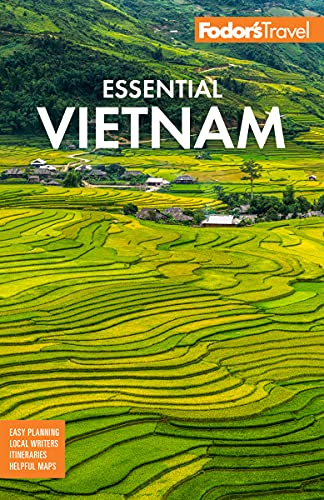Hue (pronounced hway), 13 km (8 miles) inland from the South China Sea (known to the locals as the East Sea) in the foothills of the Annamite Mountains (Truong Son Mountains), stands as a reminder of Vietnam's imperial past. The seat of 13 Nguyen-dynasty emperors between 1802 and 1945, Hue was once Vietnam's splendid Imperial City. Although it was devastated by the French in the 19th century and again in the 20th (as well as enduring much suffering because of its close proximity to the DMZ), the monument-speckled former capital has a war-ravaged beauty. One can still imagine its former splendor, despite gaping holes in its silhouette. Hue is a UNESCO World Heritage Site, and the city's gems are slowly being restored. Although much of the Imperial City was reduced to rubble, many sections still exist, and Hue's main draw continues to be the remnants of its glorious past. Today tourists keep the city thriving, drawn by the ancient Citadel, mausoleums, pagodas, and palaces. Winding through this historic capital is Perfume River (Song Huong), overshadowed by the walled Forbidden City on its north bank. Built under Emperor Gia Long in 1805, this fortress covers 5 km (3 miles) of Hue's waterfront. Equally appealing are the tombs scattered throughout the city, including the Khai Dinh mausoleum that stands out from the pack due to its detailed mosaic work. With so many attractions, Hue should not be rushed. Avoid visiting Hue during the worst of the rainy season, between November and late December.
Although initially daunting, Hue can easily be navigated once you get your basic bearings. The Citadel lines the northern banks of the Perfume River, the main landmark of the city. Four bridges connect the north to the south, where you'll find the train station and the city's newer hotels and restaurants. The south banks also house the backpacker district near Le Loi ("Side Street 66") and Pham Ngu Lao Streets. Most hotels outside this city center have free shuttle service to Chu Van An Street, which runs parallel to Pham Ngu Lao. This is the city's highest concentration of restaurants, shops, and budget properties. The best way to explore the tombs and pagodas on the outskirts of Hue is with a private tour, which includes transportation and a guide, as you are likely to get lost using the less-than-detailed maps available from the tourist offices.






